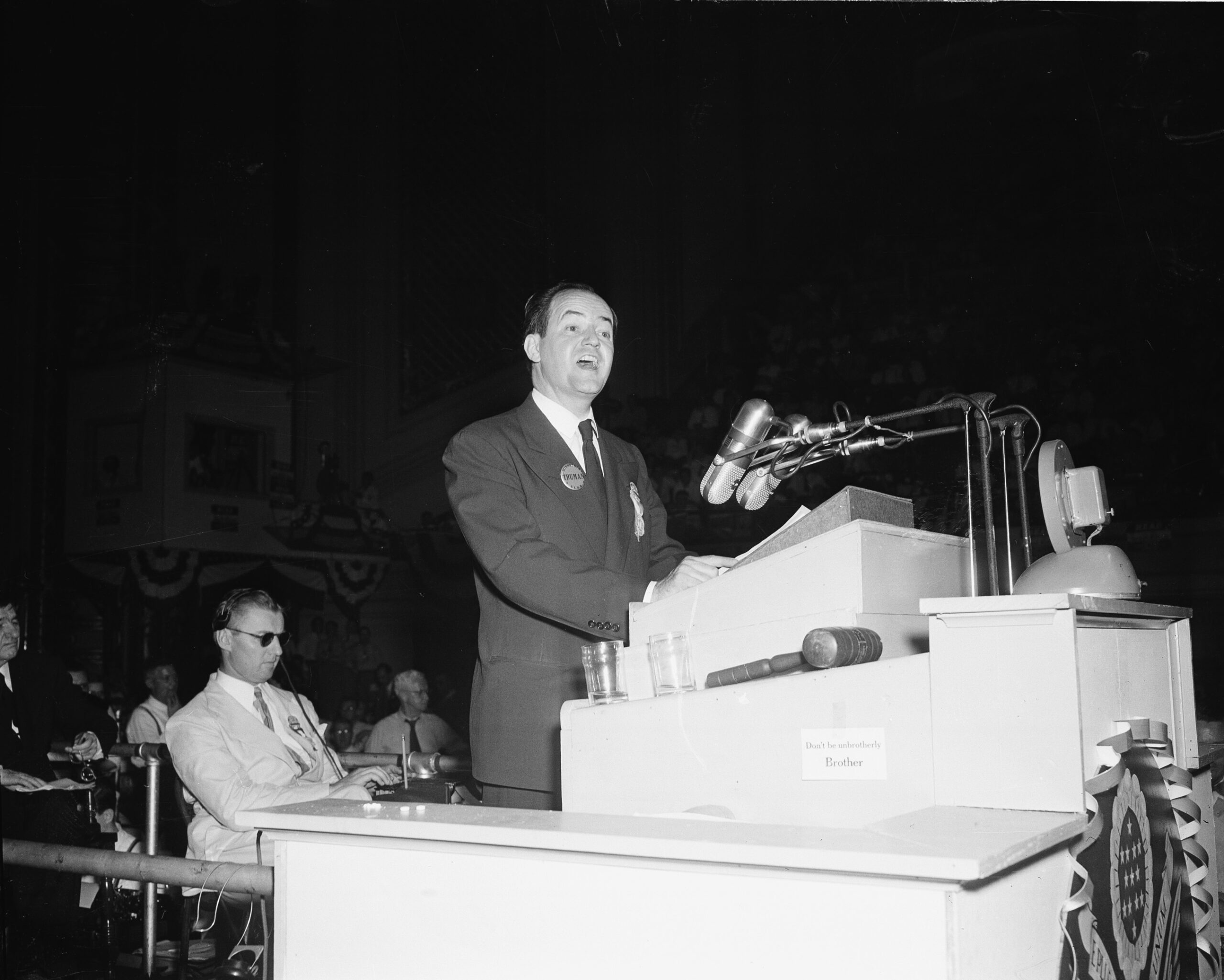When the school year starts, it will mark the 40th anniversary of the desegregation of Milwaukee’s public schools. But our guest says that the problems desegregation aimed to solve have not, for the most part, gone away..and in some ways, have gotten worse. We find out more. We also discuss the top stories coming out of the presidential race, and recap the results from yesterday’s primary elections in Wisconsin.
Featured in this Show
-
Wisconsin's Partisan Primary Election Results
Tuesday was the partisan primary election in Wisconsin. There were local elections all over the state, as well as primaries for the U.S. House and Senate, and for state senators and representatives. We talk to a political scientist about the election results.
-
This Week In Washington – August 10, 2016
Harry Enten, senior political writer and analyst for FiveThirtyEight, joins Central Time for our weekly look at the most pressing issues in national politics.
-
40 Years After Desegregation, Problems Persist In Milwaukee Public Schools
The beginning of the 2016-2017 school year in Milwaukee marks the 40th anniversary of desegregation. Our guest looks at Milwaukee Public Schools and discusses why he says some of the problems desegregation set out to solve still remain.
-
Problems Persist In Milwaukee Public Schools 40 Years After Desegregation
This year marks the 40th anniversary of the court-ordered desegregation of Milwaukee Public Schools, and a longtime education reporter says things aren’t much better today and are actually worse in some ways.
“Segregation is just a plain fact of life today in schools in Milwaukee, with some exceptions,” said Alan Borsuk, senior fellow in law and public policy at Marquette University Law School who previously covered education for the Milwaukee Journal Sentinel.
Back in 1976, a federal judge ruled Milwaukee schools were illegally segregated and ordered the school board to immediately take steps to integrate schools. The board appealed the decision to the U.S. Supreme Court, which ordered a new trial. The case was finally settled in 1979, and the school board agreed to implement a five-year desegregation plan.
Borsuk said the school system’s integration relied heavily on new bussing policies and the creation of magnet schools in African-American neighborhoods that would attract white students.
But in some ways, Borsuk said the court ruling exacerbated racial divisions as more than 250,000 white people fled the city for the suburbs over a series of years after the court-ordered ruling. Meanwhile, Milwaukee’s black and Hispanic populations increased rapidly.
In 1976, about two-thirds of the student population at MPS was white. Within a few years that went below 50 percent. Today, Borsuk said that number is down to a little more than 10 percent.
“A large number of schools in Milwaukee, whether they’re private, whether they’re independent charters or whether they’re in the Milwaukee Public Schools, have overwhelming student body makeup of one race—be it white, black, Hispanic, or in a couple cases, Hmong,” Borsuk said.
Episode Credits
- Rob Ferrett Host
- Veronica Rueckert Host
- Amanda Magnus Producer
- J. Carlisle Larsen Producer
- Susan Johnson Guest
- Harry Enten Guest
- Alan Borsuk Guest
Wisconsin Public Radio, © Copyright 2025, Board of Regents of the University of Wisconsin System and Wisconsin Educational Communications Board.


